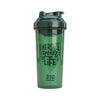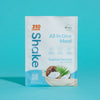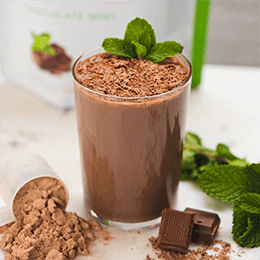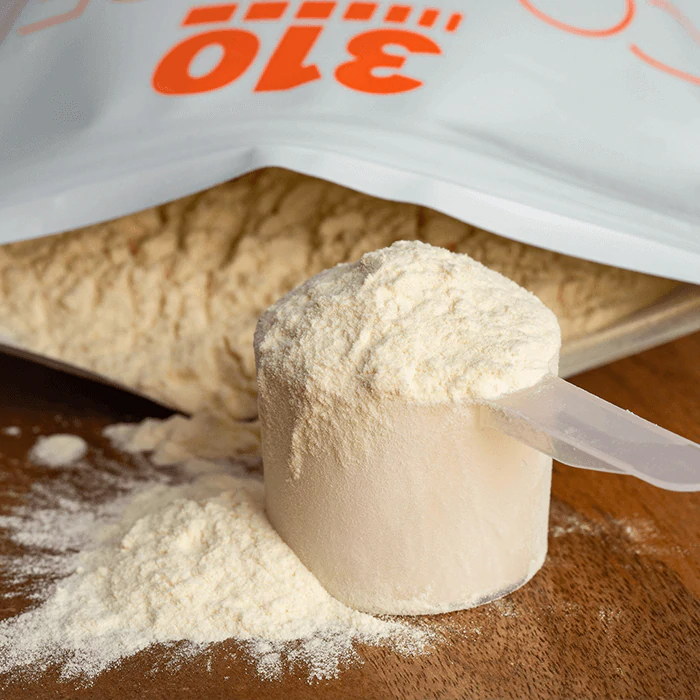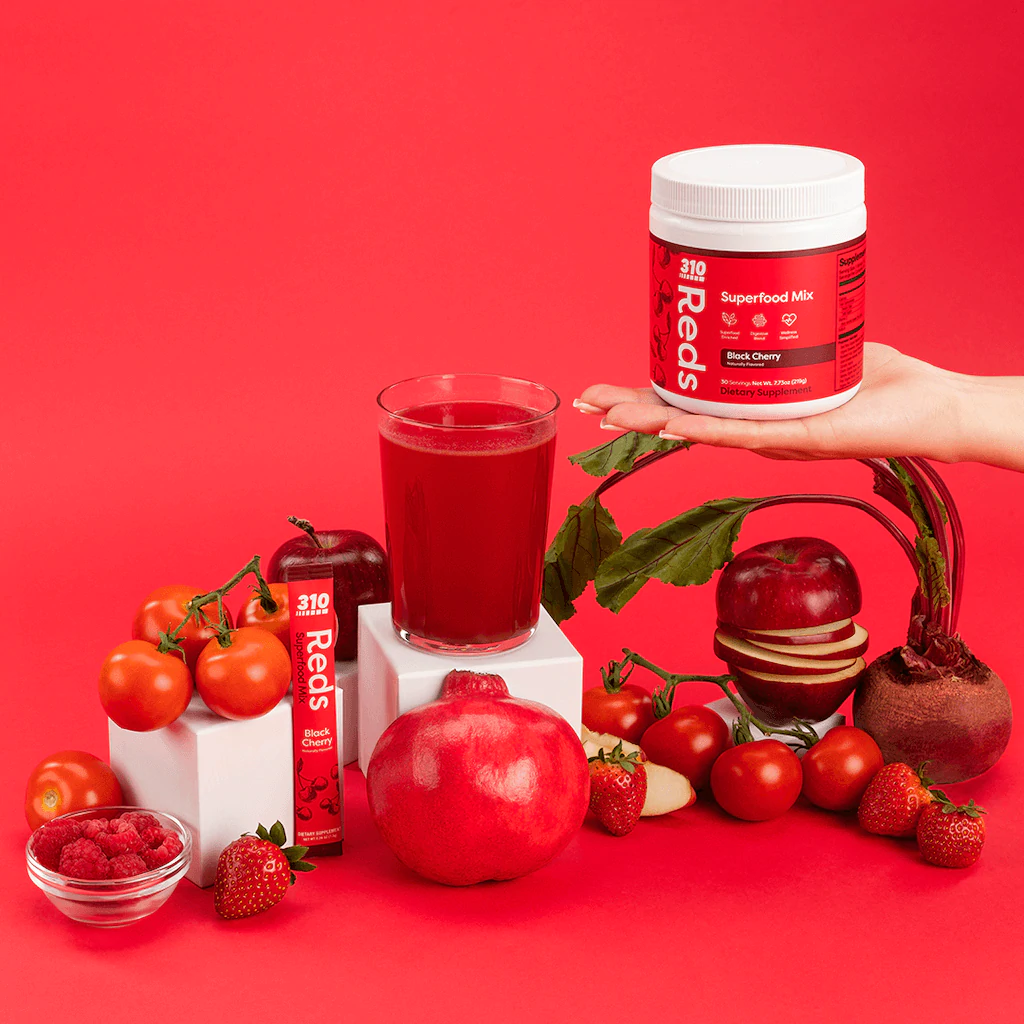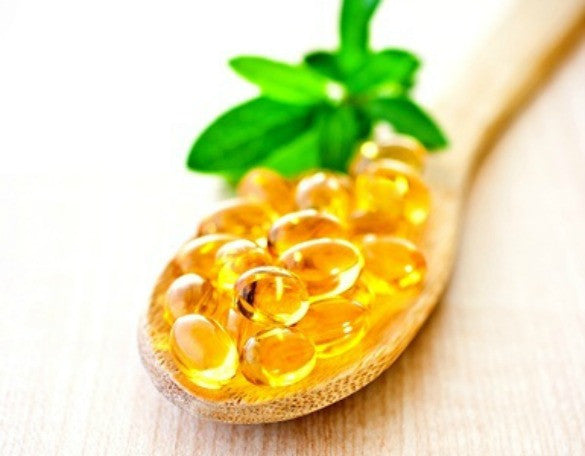
Omega 3 Fatty Acids are by far one of the healthiest forms of fat. Unfortunately, these fats are also among the most under-consumed in the American Diet. It’s an often-repeated fact that we need to eat more Omega 3’s, and that the best place to get them is by adding fish – especially salmon – to our diet. Another popularized source is flaxseeds, as is using a dietary supplement to up intake.
Since getting enough Omega 3’s solely from your diet can be challenging, there’s nothing wrong with taking Omega 3 supplements. However, it is very important to understand the quality and nature of your supplement. Before you go grab the option with the best-designed label or lowest price tag, educate yourself so you can get the best-quality choice available to you.
Facts about Omega 3 Fatty Acids
Omega 3 Fatty Acids are essential fats, which means the human body can’t produce them on its own and so must get them through food. Common food sources are fish, nuts, flax seeds, leafy vegetables, and vegetable oils. These polyunsaturated fats come in 3 main types:
• EPA (eiocosapentaenoic acid) is found mostly in seafood, which also includes algae. Herring, salmon, eel, shrimp, and sturgeon have high concentrations. Grass-fed animal products also have some of this acid. EPA is known for helping with inflammation in the body.
• DHA (docosahexaenoic acid) is also primarily found in marine-based food sources. In fact, wherever EPA is found, you can count on also finding DHA. This fatty acid is what helps lower triglycerides and reduce risk of heart disease.
• ALA (alpha-linolenic acid) is found mainly in plant-based sources of Omega 3 Fatty Acids, although some animal fats also contain them. Kale, spinach, walnuts, chia seeds, flax seeds, and hemp seeds are high in this acid. However, the human body has to convert ALA to either EPA or DHA to use it, and the conversion rate is really low.
How to Choose an Omega 3 Supplement
Based on what we outlined above, the types of Omega 3 Fatty Acids we should focus on getting more of are EPA and DHA. ALA is still beneficial, but mostly when taken in conjunction with animal-based Omega 3’s. While there isn’t a set dose for Omega 3’s, the American Heart Association recommends 1 gram per day. In choosing which supplement you will use to get this dosage, keep these things in mind:
• Look at the types of Omega 3 in the supplement. In addition to the three main types of Omega 3 Fatty Acids we’ve already mentioned, there are at least 8 more. Any one of these can be used to create an “Omega 3 Supplement.” A good supplement will contain a balanced amount of EPA and DHA along with some ALA.
• Know how much of each type is used. You might have a 1000mg capsule, but by reading the label you could discover only 180mg are EPA and 120mg are DHA.
• Get a high-quality form of Omega 3. Not all supplements are equal. Options containing FFA (free fatty acids), TG and rTG (triglycerides and reformed triglycerides), or PLs (phospholipids) will be more easily absorbed than those containing EE (ethyl esters).
• Pay attention to the date. As a fat, Omega 3’s can go rancid very quickly. This means it’s really important to check the date and do a sniff-test of your supplement before consuming it (if it’s bad, it will smell awful).
• Check for quality. Unfortunately, supplements aren’t closely regulated. Buying products with the GOED Standard for Purity or another third party test stamp can help ensure you’re buying a safe, authentic product.
• Buy sustainably. Since the best source of Omega 3’s are found in the ocean, you can do your part to buy fish oil certified by organizations like the Environmental Defense Fund making sure the oil is created using sustainable practices.

Top Omega 3 Supplement Options
Now that you know what to look for on the back of your Omega 3 Supplement’s label, here is a look at the different varieties of Omega 3 Supplements available:
• Natural fish oil. High EPA and DHA (about 30%), natural fish oils also have fatty acids that help with absorption. The most common fish used are salmon, cod, and sardines. A word of caution with fish oil is to make sure you’re getting enough antioxidants along with your Omega 3’s.
• Processed fish oil. Starting with natural fish oil, producers purify the oil which transforms the free fatty acids into ethyl esters. These oils are typically sold in capsule form. However, the ethyl esters mean the oil is not absorbed as well. To accommodate this, some companies change the ethyl esters back into reformed triglycerides after purification.
• Krill oil. Perhaps one of the best sources of Omega 3’s, krill oil naturally contains 48 times more antioxidants than fish oil and is actually more easily absorbed.
• Mammalian oil. Made from seal blubber, this option also has a rare Omega 3 in addition to EPA and DHA: DPA (docosapentaenoic acid).
• ALA oil. Most commonly known to be found in Flaxseed Oil, this option is purely ALA. Since the body has to convert ALA into EPA or DHA to make use of it, this is a less beneficial Omega 3 supplement to choose.
• Algal oil. Even though it’s a plant, marine algae does contain EPA and DHA, making it the best choice for vegetarians or vegans looking for an Omega 3 Supplement.
Like this post? See our other tips on improving your diet here.

